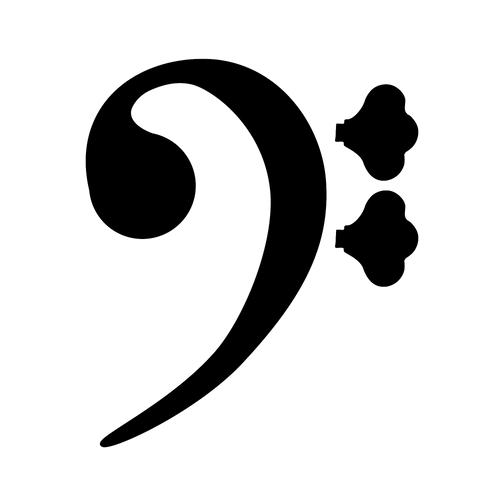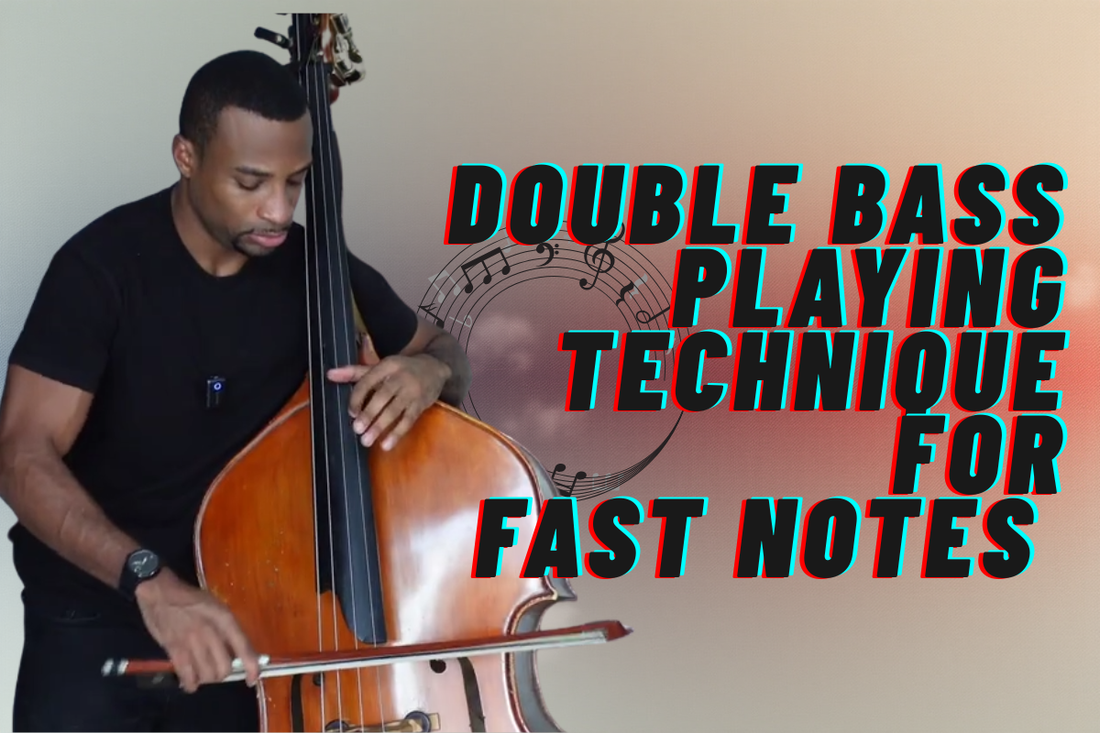One of the things that seems to differentiate good bass players from outstanding ones is the ability to play fast notes. Years of studying at Curtis and performing with orchestras taught me one thing: scale drills and superhuman finger speed aren't the keys. It's about two simple adjustments that most players overlook.
Let me walk you through what works.
The Right Hand: Less Bow, More Control
When you're racing through a passage, your first instinct might be to use more bow. Don't. You need far less bow hair than you think. I'm talking about tiny movements, almost imperceptible to someone watching from the audience.
A research from the Timbre and Orchestration shows that bow control and articulation quality depend heavily on how much bow length you use for each stroke. When you use less bow, you give yourself more control over each note's attack and release.
I would argue that less is more when playing fast notes on the double bass.
Here's the part that might surprise you: bow pressure matters more than bow length. During my time at Curtis, I started experimenting with my index finger placement. I moved it slightly forward on the bow and added a bit more pressure during fast passages. This creates a unique bow pressure that allows me to get more articulate, fast notes.
Is this controversial? Maybe. Does it work? Try it yourself and see. If it doesn't work for you, that's fine. But it works for me.
The Left Hand: Keep Your Fingers Close
The biggest killer when it comes to playing fast notes with the left hand is that a lot of times our fingers are hanging out way up high when we need them. When your fingers are way up there and when you need them, you have so much distance to travel down to the string. It makes it so much harder to play that way.
When you turn your wrist, you force your fingers to be close to the strings. And when your fingers are close to the strings, it makes it that much easier for your fingers to be ready to play when you need them.
This applies to both standard position and thumb position. In thumb position, the concept is similar. Rather than having your hands positioned where your fingers flop around, turn your wrist. When your hand is placed with your wrist straight, it forces your fingers to be close to the fingerboard.
Building the Habit
I heard somewhere it takes 21 days to form a new habit. You might want to look that up to find out if that's true or not. But if you've been playing with high fingers for years and years, it's going to take some habit-building.
Challenge yourself for 21 days to consciously think about turning your wrist in the thumb position and turning your wrist in the lower position. Do this every single day. When it comes time to play the Mendelssohn Violin Concerto on the bass, you're ready because all you did was turn your wrist.
One More Thing to Consider
Sometimes the issue isn't your technique. You're doing everything right. Your bow hold is fine for your hand anatomy. Maybe it's the hardware. Maybe it's the bow itself.
These bows are designed with a not-so-good balance point, which affects the way you play the bass, especially when it comes to playing fast notes. The balance point is so crucial if you want to avoid tension in your hand.
For my performances and recordings, I use the iStrad French bow. With this bow, I don't have to do as much work to recalibrate the balance of the bow. Some bows I had to move my hands around because the balance point was so off, but I don't have to do much work with the iStrad. I don't have to put much pressure. It's a little bit to give it that crispy sound.
It could be that the bow you're using doesn't have maybe the greatest balance point, or the materials inside the bow are working against you. Maybe it's a super-light bow or a super-heavy bow. With the iStrad bow, the materials include a carbon fiber core inside wrapped in pernambuco wood. So you have good sound production with this bow. The materials and craftsmanship allow the bow to be not only balanced as far as the balance point, but also the weight is balanced.
The iStrad French double bass bow comes in both French and German versions, so you choose what fits your playing style.
You can learn more about the iStrad bow here.
But give it some practice time and see what happens. You might be surprised at how much easier things get when you stop working so hard and start working smarter.
Good luck out there.

